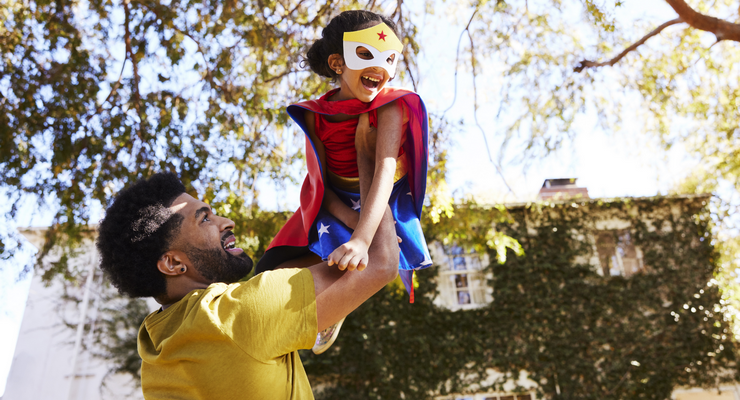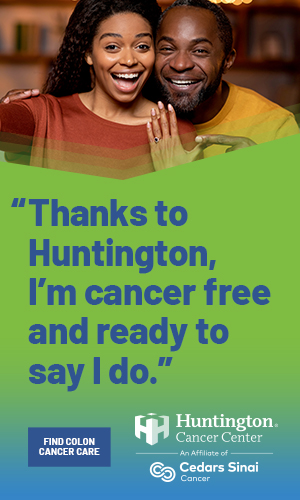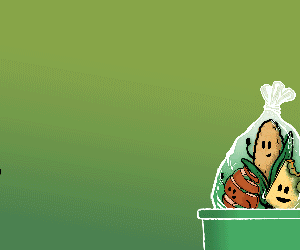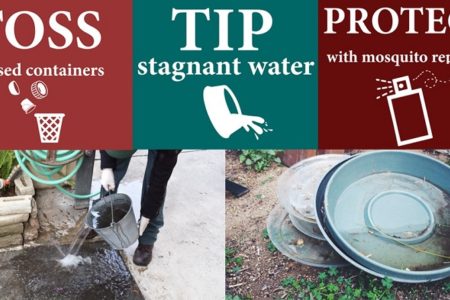
Now that COVID-19 is more under control thanks to a majority of Californians being vaccinated, we’re likely to see more ghosts, goblins and witches walking down neighborhood streets this Halloween as trick-or-treating is expected to reach pre-pandemic levels.
For parents, keeping children safe during this festive holiday will be a main priority. Dr. Laura Farach, a pediatrician with Kaiser Permanente Southern California, notes although parents may feel more at ease having their children trick-or-treat this Halloween, there are important safety precautions they need to follow to avoid injury and illness.
She stressed the importance of children being up-to-date with their COVID and flu vaccines. Additionally, she described seven scary health hazards parents should know about to ensure families have a safe and Happy Halloween this year.
Food allergies
When it comes to candy, peanuts and other foods, it’s always important to read labels and avoid treats without labels. For parents whose children have severe allergic reactions to certain foods, it’s important to carry an epinephrine auto-injector if prescribed. According to the Centers for Disease Control and Prevention, food allergies account for 35% to 50% of all cases of severe, potentially life-threatening allergic reactions that can occur within seconds or minutes of exposure to something you’re allergic to, such as peanuts.
Hand injury
Pumpkin carving is a cherished Halloween tradition many families enjoy each year. However, pumpkin-related carving knife injuries can lead to nerve, tendon and artery injuries – and they are preventable, Dr. Farach notes. Understanding the risks and being careful can save you and your child a costly and traumatic visit to the emergency room. To avoid injuries, Dr. Farach encourages children to draw the pattern on the pumpkin, clean out the inside pulp and seeds with a spoon, but leave the knife work to mom and dad.
Fire hazards
What’s a Halloween without decorating your home with spooky decorations and in many cases lighted ornaments? However, Dr. Farach warns this can present some truly scary fire safety hazards. Lighting up your jack-o-lantern with glow sticks or electric candles is the safest option, she says. Caution should always be exercised if using a real candle, however. Some decorations are also very flammable, Dr. Farach notes. These include cornstalks, dried flowers, crepe paper and plastic banners. The top-5 causes of most Halloween fires include careless actions and electrical malfunctions, according to fire data tracked by FEMA.
Costumes
It’s important for parents to ensure that their child’s mask has large enough eye holes for them to see clearly, Dr. Farach says. Children should wear bright and reflective costumes, and parents should beware of any small parts on costumes on which a child could choke. Also, check the length of costumes to make sure they don’t cause your child to trip.
Face paint/Costume contact lenses
Before you apply makeup near your child’s eyes, beware since it could contain harmful chemicals, according to the American Academy of Ophthalmology. If makeup is applied, it should be applied in small amounts to the arm of the person who will be wearing it. The appearance of a rash, redness, swelling or other signs of irritation could indicate an allergic reaction. Additionally, the American Academy of Ophthalmology warns that though wearing costume contact lenses on Halloween can be a real scream, the scare from non-prescription contact lenses can be all too real when chemical exposure or potentially blinding infections take place. As such, they should be avoided.
Pedestrian safety
Since trick-or-treat can take place when it’s dark, Dr. Fararch encourages parents to provide children with flashlights or glowsticks for lighting and greater visibility, which can be incorporated onto the costumes. Another option is sticking reflective arm bands or reflective tape to bags or costumes that can ensure your child can be seen. It’s recommended that parents should review street safety ahead of time with their children.
COVID-19 safety
Last, but not least, although COVID-19 may not be on the minds of parents this Halloween, Dr. Farach encourages children to wear a mask as part of their costume, when possible, to maximize protection. Also, children should always wash their hands with soap upon returning from trick-or-treating. It’s also important to only eat factory-wrapped treats and candy as that is a safer practice.














